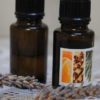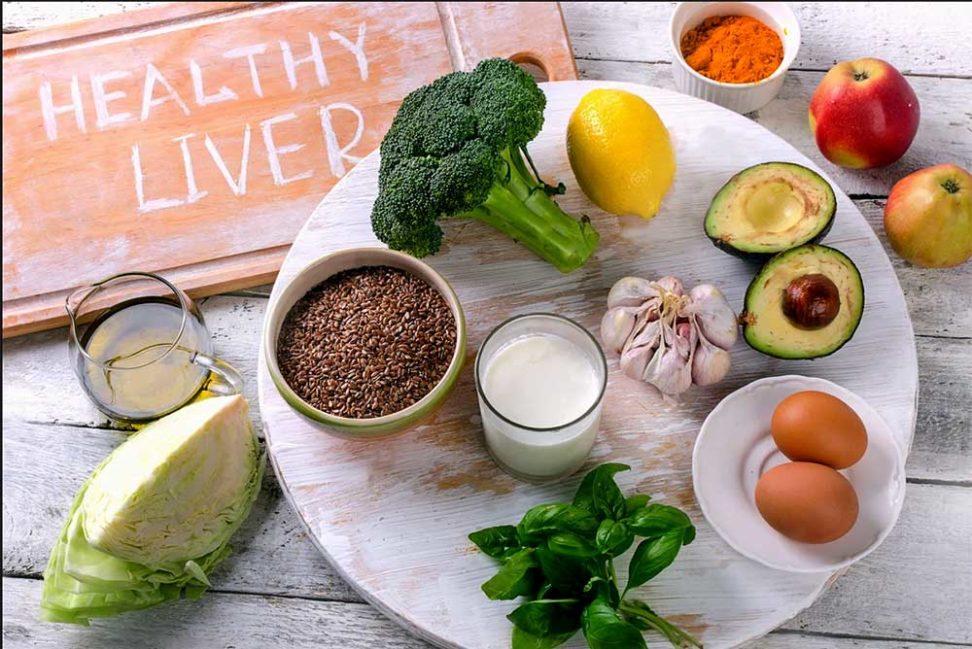When was the last time you thought about your liver? Well, for most of us, we ignore it.
In a recent Detroit Free Press article, 20-something Allison Grainger shares how her liver affected her whole life. “The lethargy was so intense, the 26-year-old quit her job working as a spa concierge. Her primary care doctor sent her to a specialist, who found abnormal levels on her liver function tests.”
The article later states that, “Hispanic Americans like Grainger are disproportionately diagnosed with nonalcoholic fatty liver disease and NASH (Nonalcoholic steatohepatitis), with estimates showing NASH rates highest in this group.
“The disease affects between a quarter and a third of the U.S. population, according to estimates, and rates are rising in adults in their 20s and children. It’s also the leading cause for liver transplants in women, research shows.”
The liver is that unsung hero of the body. It helps remove toxins from the body, assists with digestion, and stores energy and vitamins, helps regulate blood clotting and hormones, and more. Take a look at this short video on all that the liver does.
Since we’ve recently been talking about heart disease and Metabolic Syndrome, it occurred to me that many people don’t realize that the liver can be negatively affected by similar lifestyle habits. You know … it is the lack of real food, too much sugar, lack of sleep, lack of exercise that slowly wears down the body, and each of us have a different weak point that materializes as a different condition. For some of us, like in the story above, our liver can be our “weak point,” and we can develop fatty liver disease just from lifestyle habits.
One misnomer is that fatty liver is a result of only such things as alcoholism, Hepatitis C, and parasites. However, the medical world divides fatty liver conditions into two groups: “Nonalcoholic fatty liver disease (NAFLD)” and “Alcoholic fatty liver disease, also called alcoholic steatohepatitis.” Let’s focus on the lesser known, the nonalcoholic fatty liver disease.
Fatty liver involves genetic predispositions and lifestyle factors, especially excess sugar consumption! With today’s lack of movement and too much sugar, fatty liver disease is becoming more prevalent — even in children. Fatty liver involves the building up of fat cells throughout the liver, which decreases the organ’s effectiveness.
What happens when a person has fatty liver disease, quoting from Cleveland Clinic?
… one of the most common symptoms is jaundice. With jaundice, the skin and whites of the eyes turn yellow because of too much bilirubin in the blood. Bilirubin is a yellow waste product the liver gets rid of when it breaks down red blood cells. Higher levels of bilirubin indicate a possible problem in the liver.
Other symptoms of liver problems may include:
- Build-up of fluid in the belly area (ascites).
- Easy bruising.
- Itchy skin.
- Low blood pressure.
- Pain in the abdomen.
- Swelling in the legs or ankles.
- Tremors (shaking).
- Weakness, loss of balance or constant fatigue.
- Confusion or loss of orientation
And, quoting from MedlinePlus, who’s at risk?
The cause of nonalcoholic fatty liver disease (NAFLD) is unknown. Researchers do know that it is more common in people who:
- Have type 2 diabetes and prediabetes
- Have obesity
- Are middle aged or older (although children can also get it)
- Are Hispanic, followed by non-Hispanic whites. It is less common in African Americans.
- Have high levels of fats in the blood, such as cholesterol and triglycerides
- Have high blood pressure
- Take certain drugs, such as corticosteroids and some cancer drugs
- Have certain metabolic disorders, including metabolic syndrome
- Have rapid weight loss
- Have certain infections, such as hepatitis C
- Have been exposed to some toxins
But Remember the Good News …
While we might have different “weak points” that can lead to conditions like heart disease or liver disease, we all benefit from the same healthy habits, because when you address one part of the body, you address all of your body.
Our liver plays such an important role, like helping detox the body and digest food; we can help our liver do its multiple jobs more effectively by keeping it (and our whole body) healthy. Here are two takeaways:
1) Eat Real Food:
“Many diseases have diet as an integral part of their treatment, and fatty liver disease is no exception. Fatty liver is, after all, largely due to dietary habits. Many patients and even healthcare professionals think of pharmacological treatment as the ultimate one for any disease. However, lifestyle changes are continuing to prove that they are the more effective on the long term both for the prevention and treatment of many ailments,” quoting from Healthy A2Z’s Fatty Liver Disease Diet > How to Reverse Fatty Liver?. A healthy diet also includes moderate to no alcohol.
2) Exercise and Have a Healthy Weight:
“Obesity is one of the most important risk factors for fatty liver disease, and keeping a healthy weight can help you avoid it. This can be achieved by exercising, at least 30 minutes per day, and eating healthy balanced meals with as little refined sugars, processed meats, and saturated fats as possible,” quoting again from Healthy A2Z.
There is much more that you can do to keep your liver healthy, but we will start with just healthy food and exercise. These two things can impact every organ of your body in a healthy way!
Let’s give the liver, that quiet often-forgotten organ, the support it needs. Looking for help to create a realistic plan for eating well and moving more? I can help. Give me a call.



![z31[1]](https://simplywholebydevi.com/wp-content/uploads/2018/06/z311-100x100.jpg)












